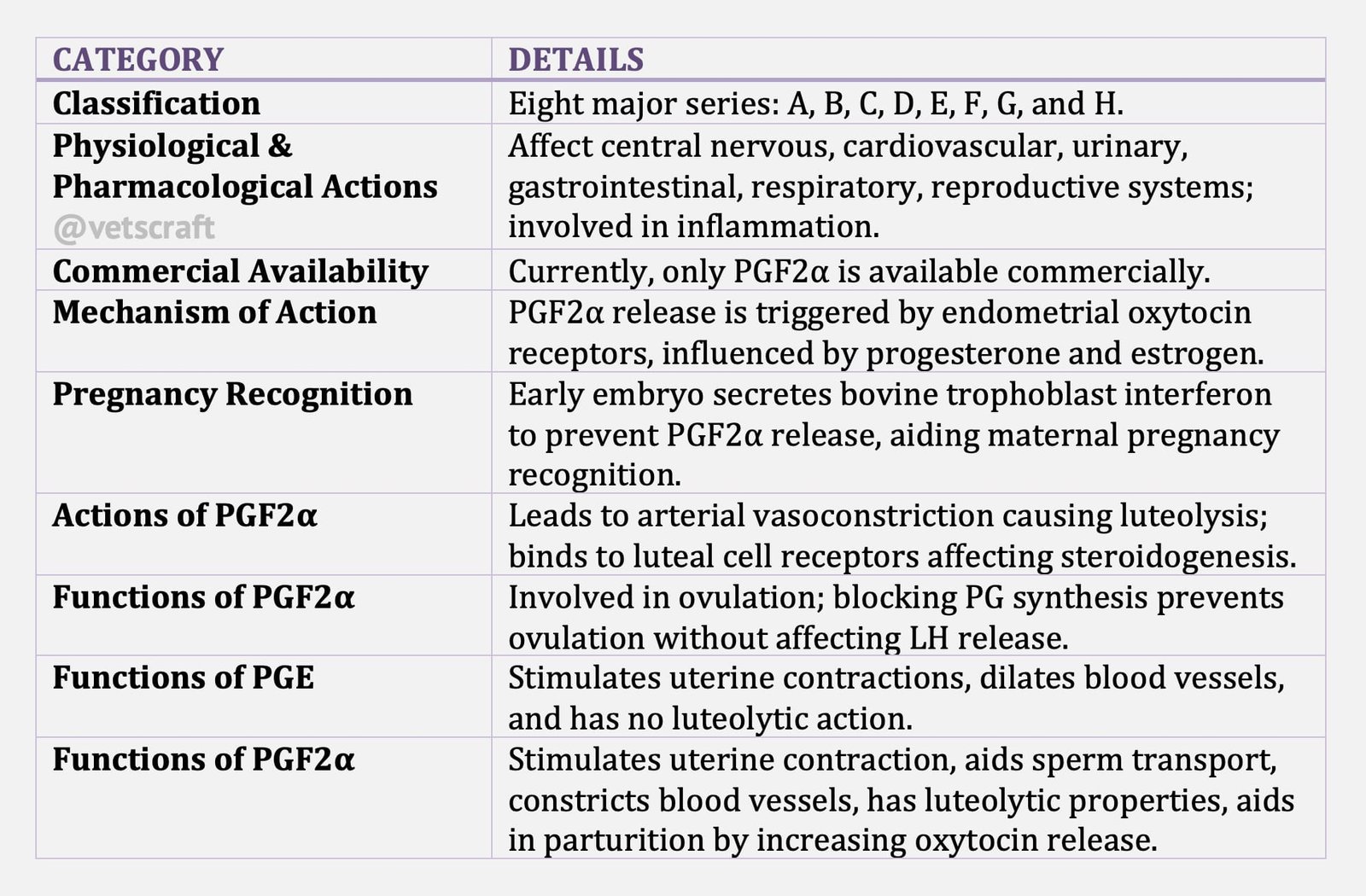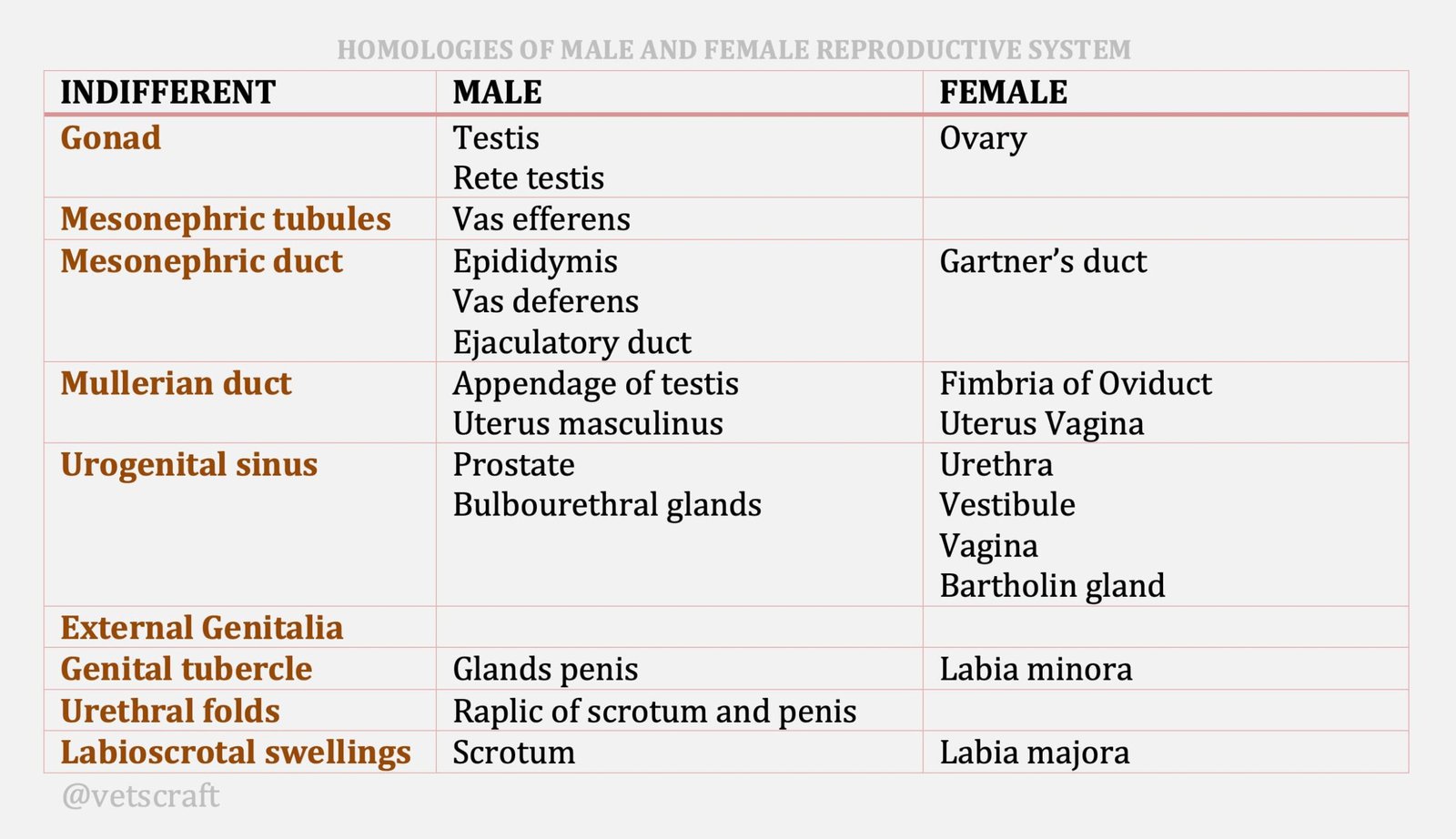TABLE OF CONTENTS
Prostaglandins in Animals
The prostaglandins in animals are a group of compounds synthesized in the body from arachidonic acid and found in many tissues of the body.

The prostaglandins have been arranged into 8 major series according to chemical makeup: A, B, C, D, E, F, G and H. There may be different prostaglandins within a series.
Many different physiological and pharmacological actions reportedly affect a number of body systems:
- Central nervous
- Cardiovascular
- Urinary
- Gastrointestinal
- Respiratory
- Reproductive
- Certain prostaglandins are involved in the inflammatory reaction and allied adverse reactions of the body to injury.
Currently the only prostaglandin available commercially is prostaglandin F2 Alpha (PGF2Alpha).
Prostaglandin F2 alpha (PGF2α) release is brought about by the activation of endometrial oxytocin receptors.
The receptor concentration increased after 10 day exposure to progesterone and is brought about by estrogen from antral follicles in late luteal phase.
If the animal becomes pregnant, the early embryo through ectoderm secretes the protein, bovine trophoblast interferon which prevents PGF2α release, which is the signal for maternal recognition of pregnancy.
Actions
- Reduction in arterial blood supply by vasoconstriction leading to luteolysis.
- Binding with specific binding receptor sites developed on the plasma membrane of luteal cells. Binding interferes or prevents PGF2 α binding.
- PGF2α binding brings about intracellular changes and affects steroidogenesis.
Functions
PGF2α is involved in ovulation in ewes and cows. Ovulation is blocked by administration of indomethacin, an inhibitor of PG synthesis. LH release is not affected. Hence action of PGs may be only at the level of ovarian follicle.
PGE
- Stimulates contractions of the uterus,
- Dilatation of blood vessels and has no luteolytic action.
PGF2α
- Stimulates contraction of the uterus,
- Aids in sperm transport in the male and female reproductive tracts,
- Causes constriction of blood vessels,
- Has luteolytic properties by venous constriction,
- Helps in parturition and a parallel rise in the level of PGF2α along with estrogen is observed. Primary effect of PGF2α is the myometrial contraction which favours release of oxytocin.

